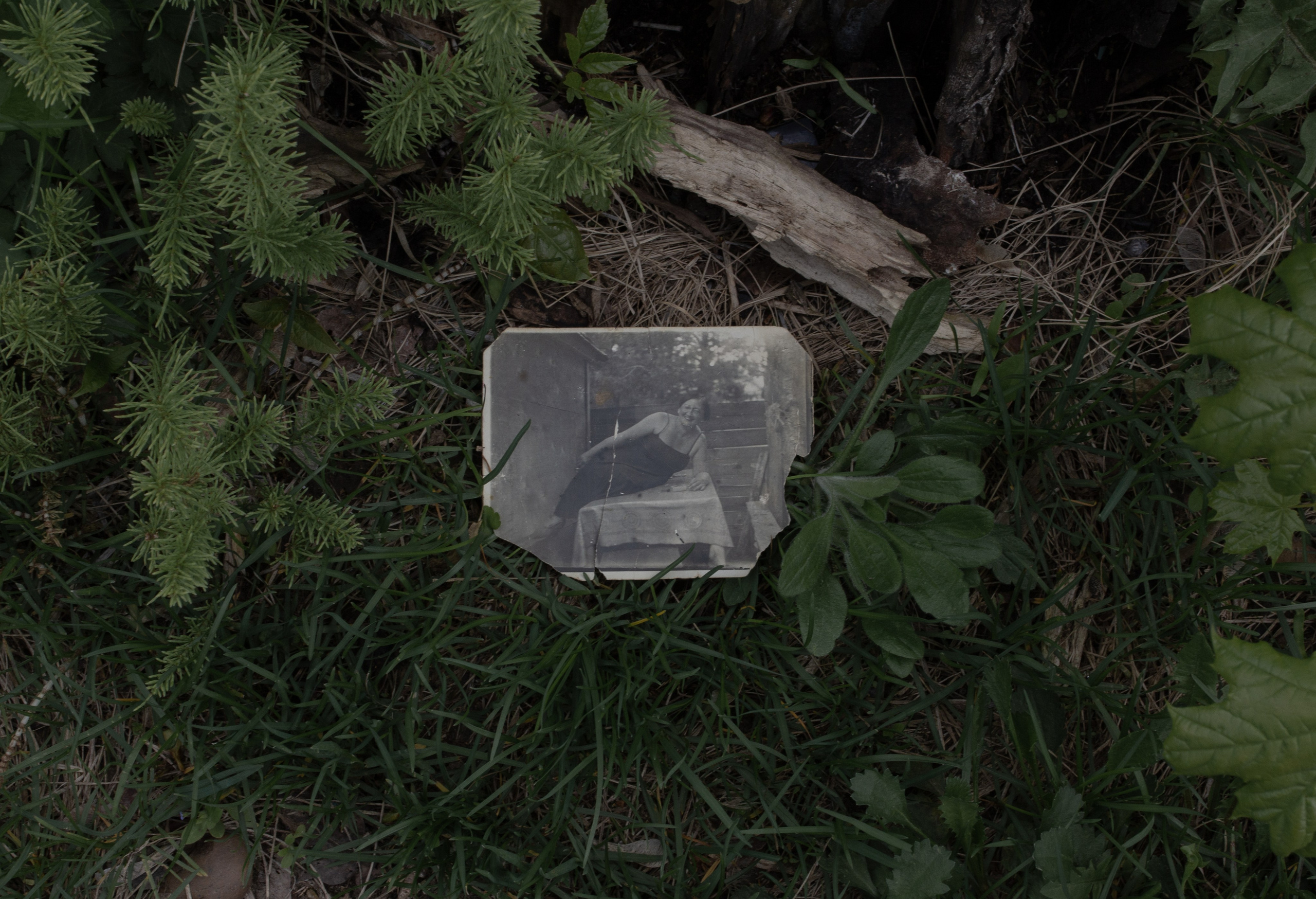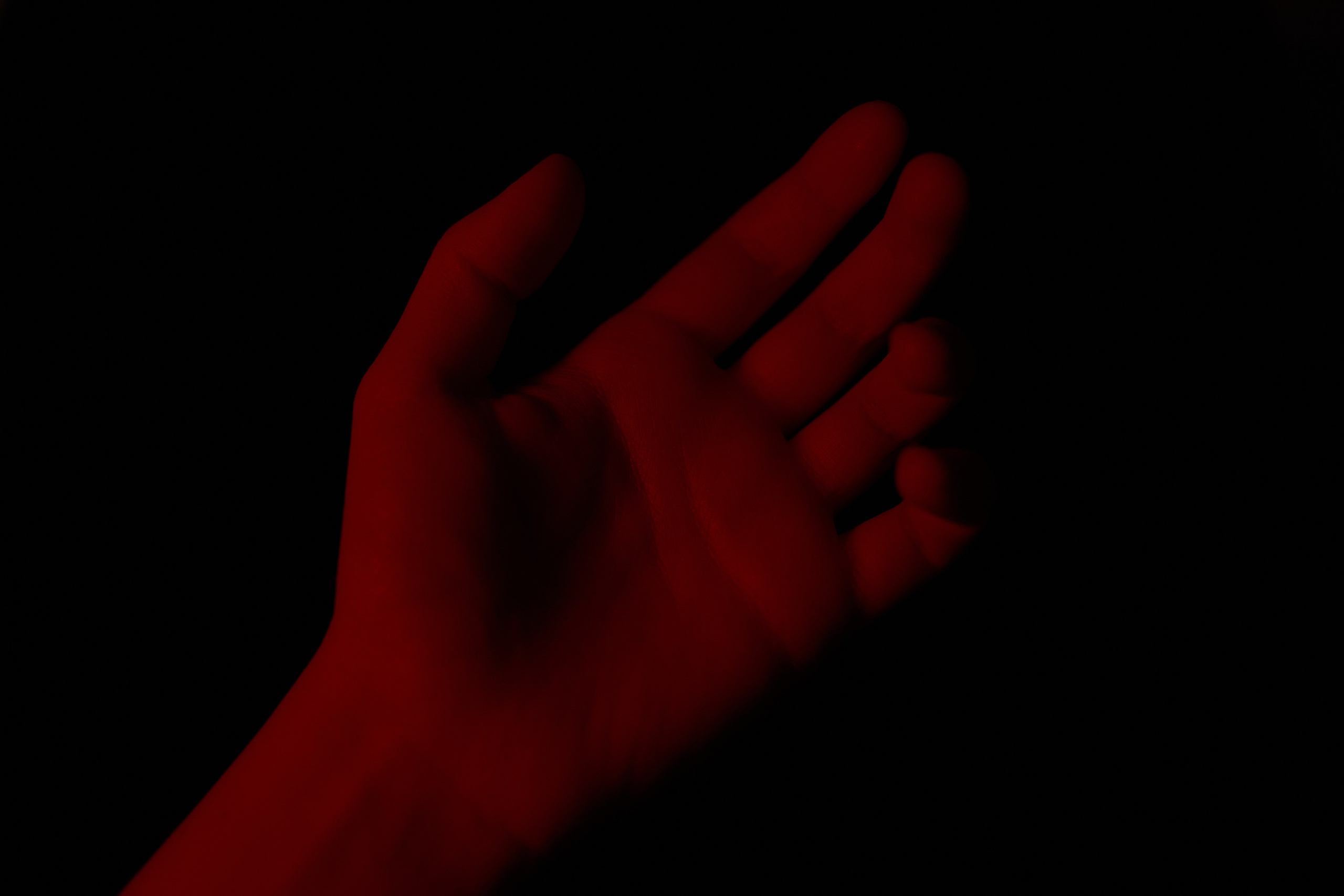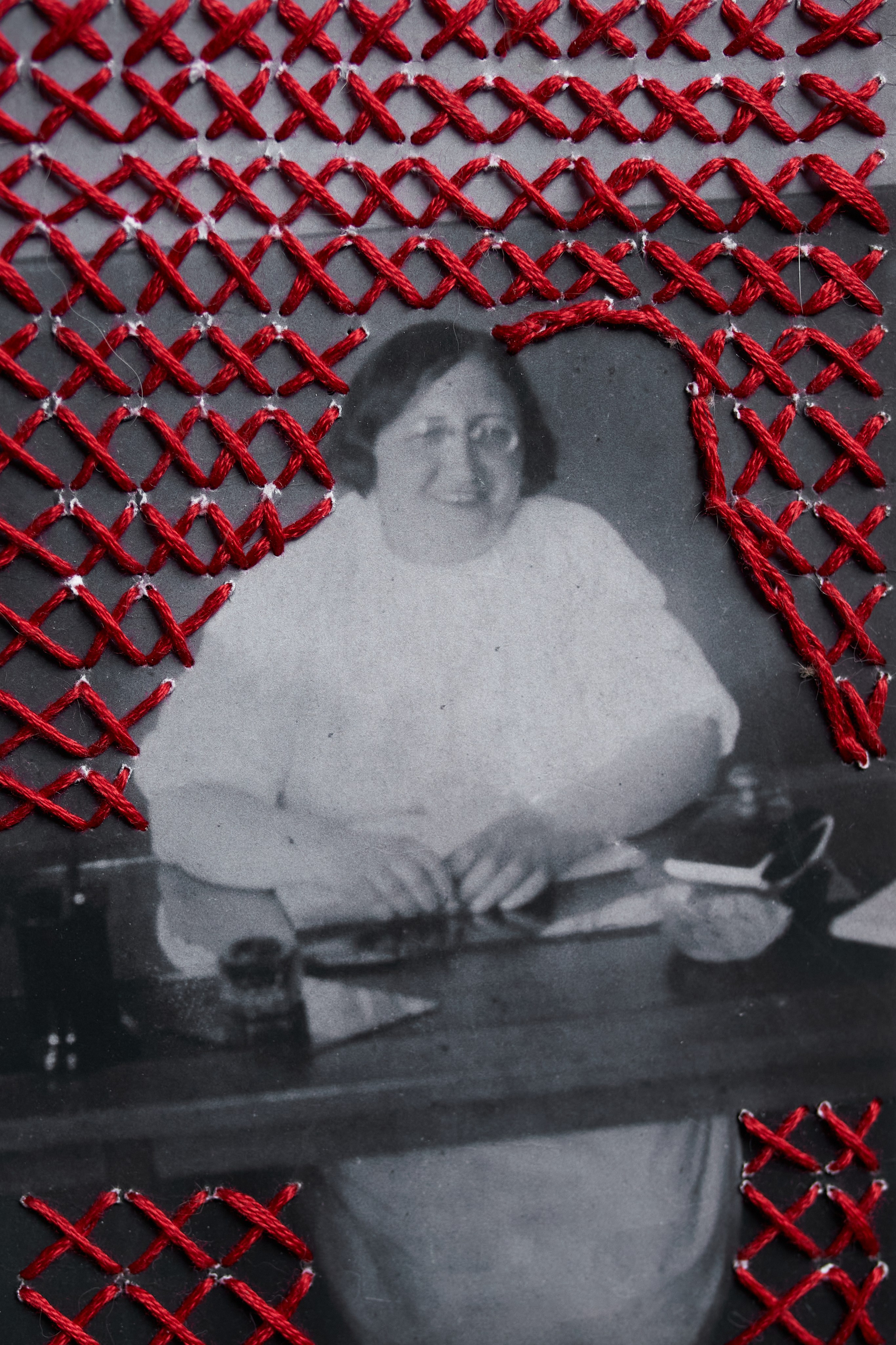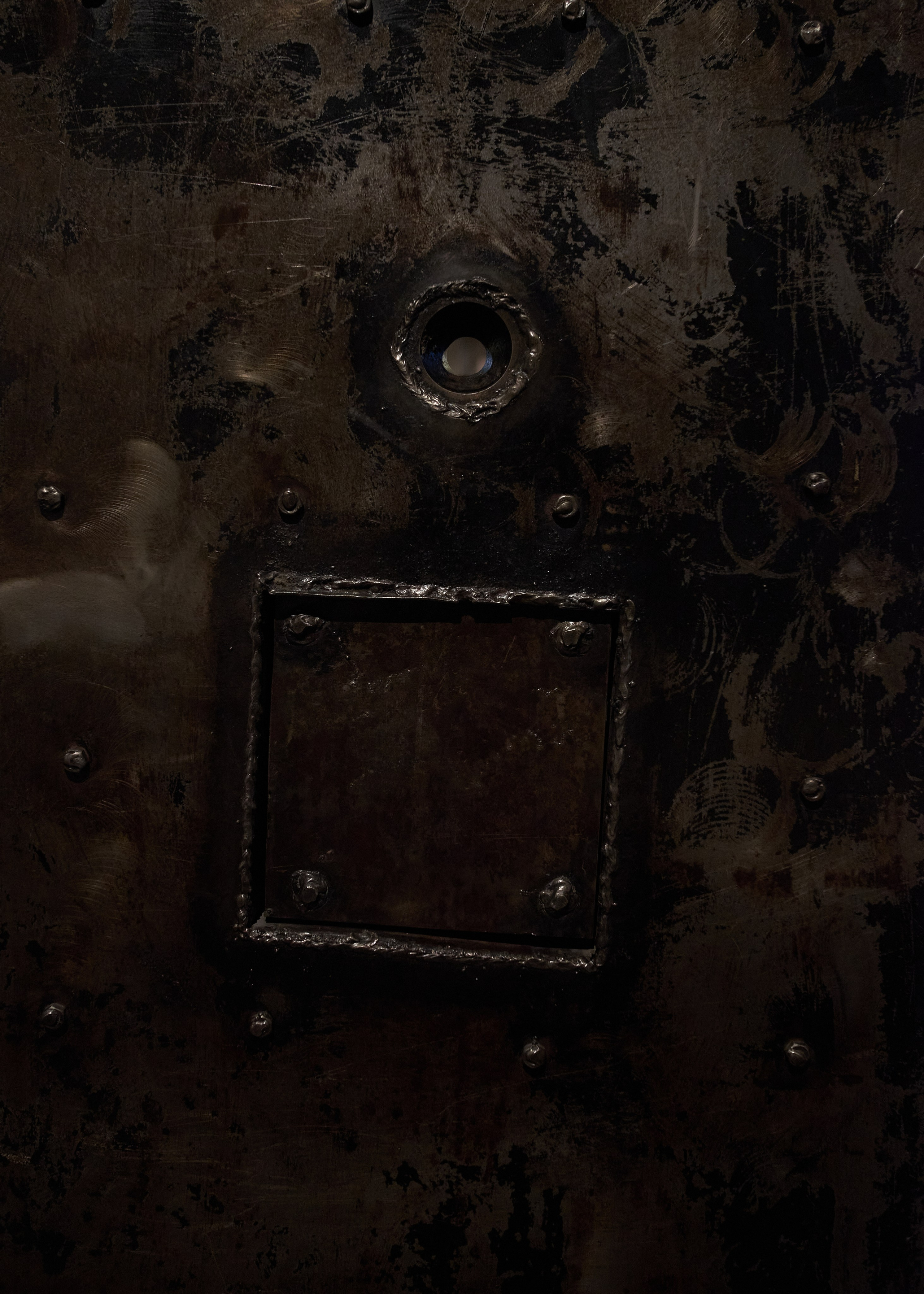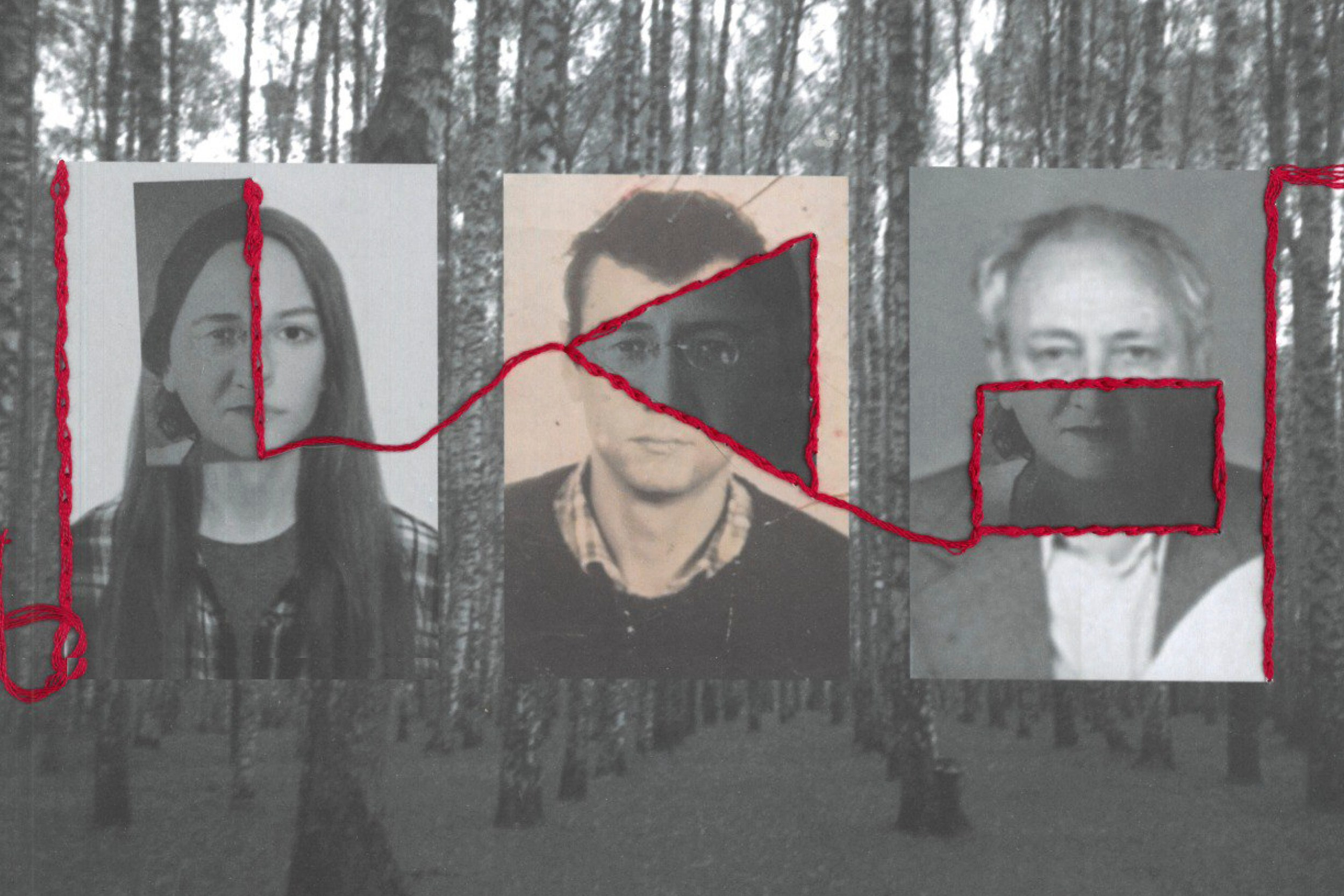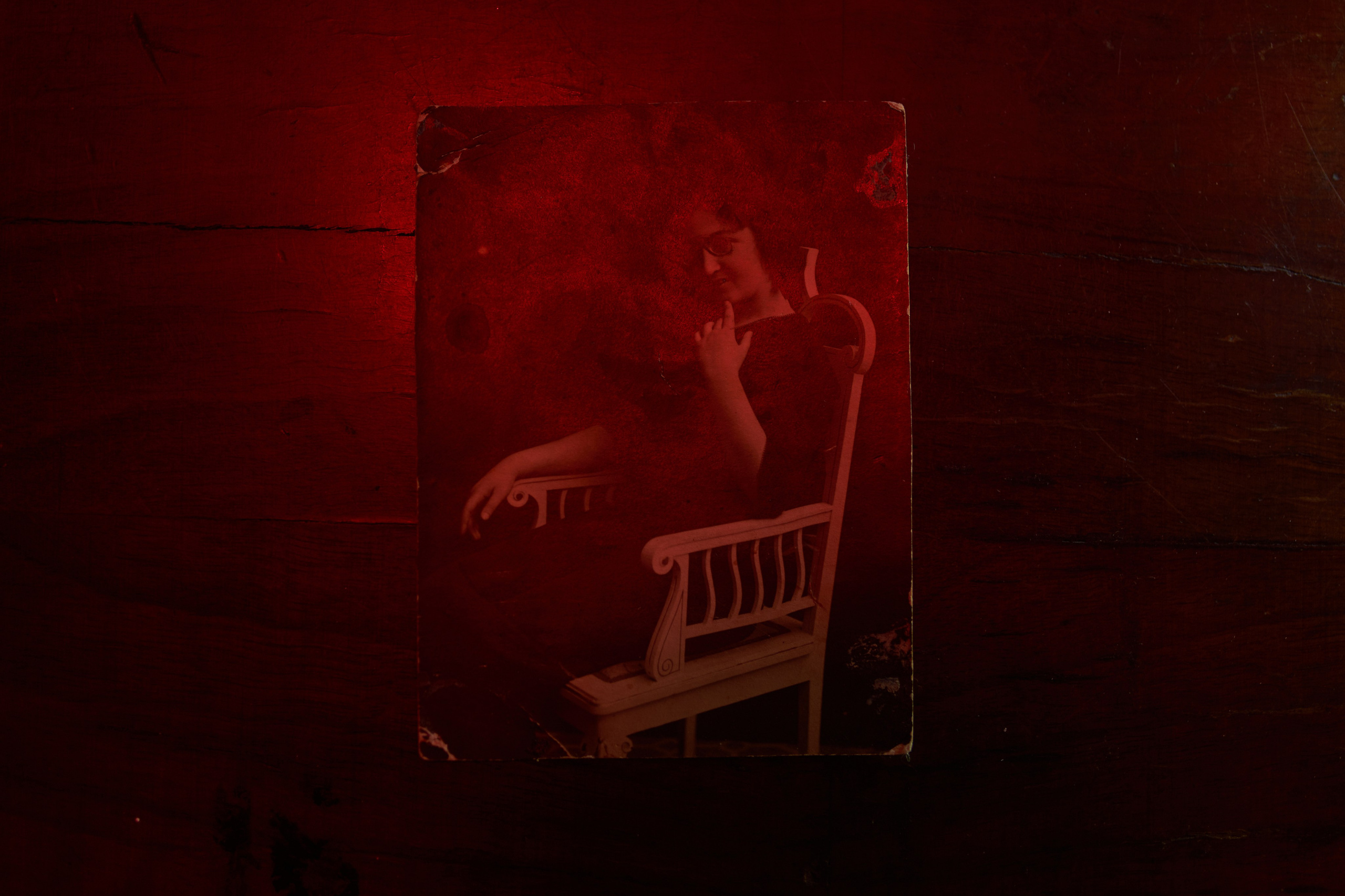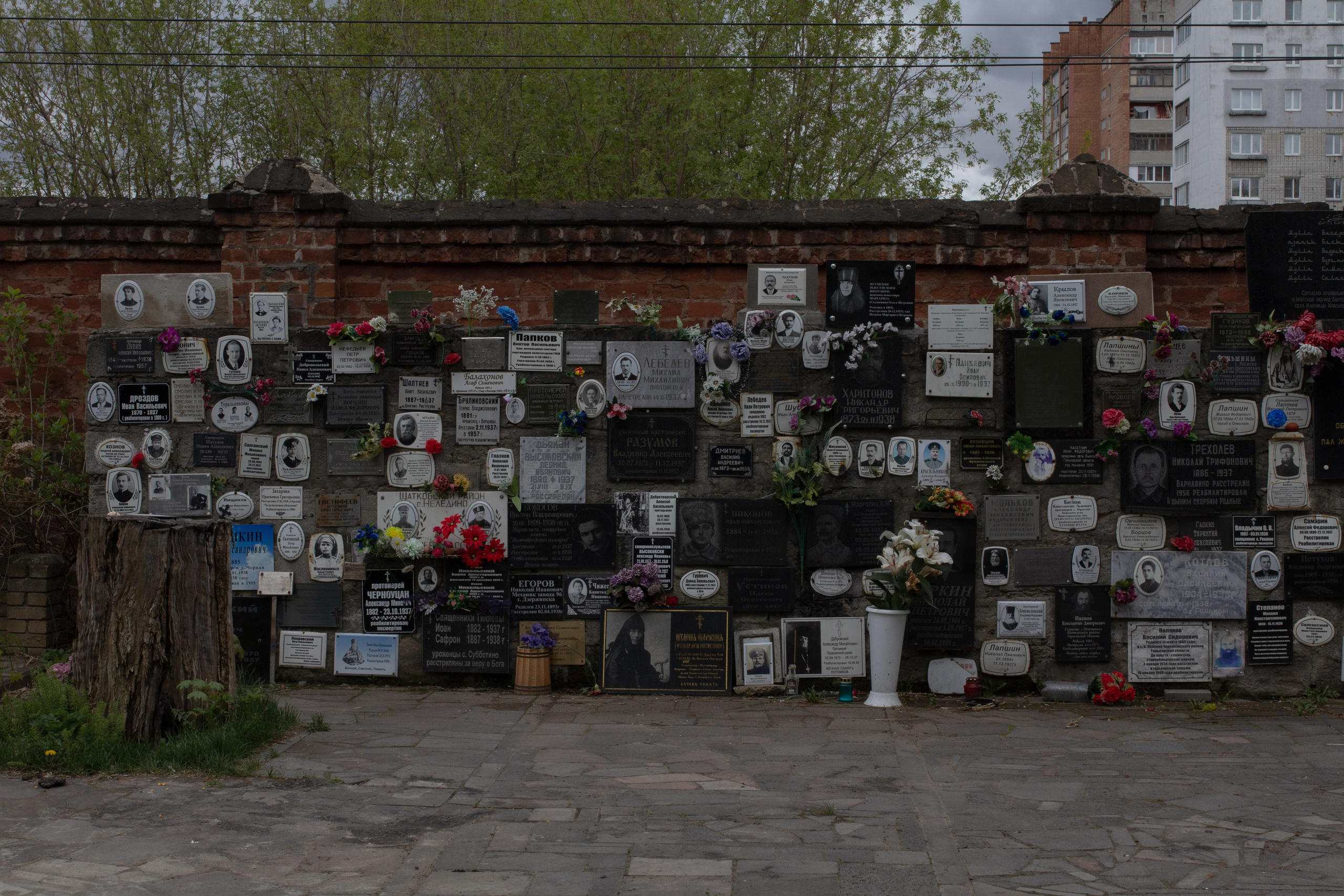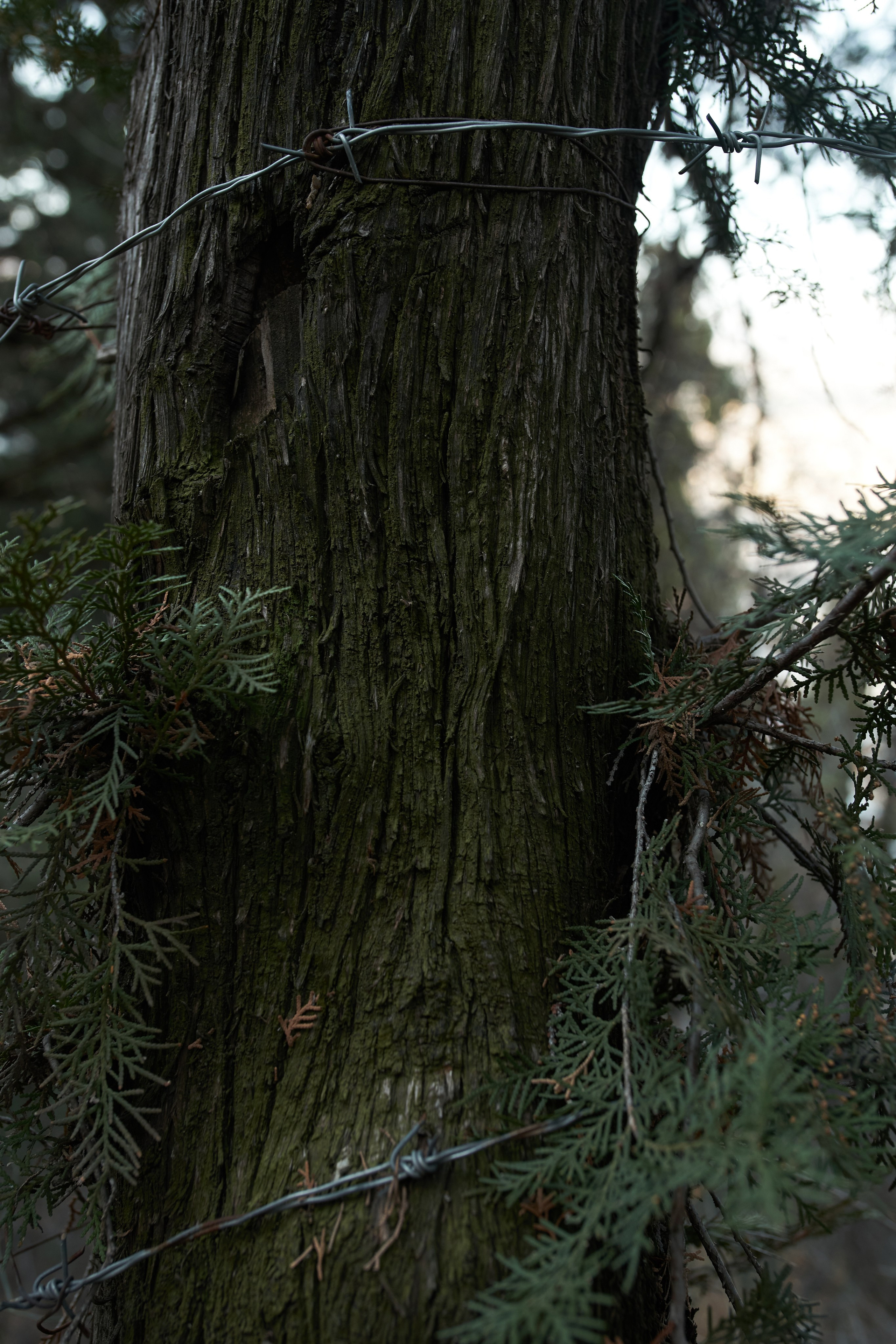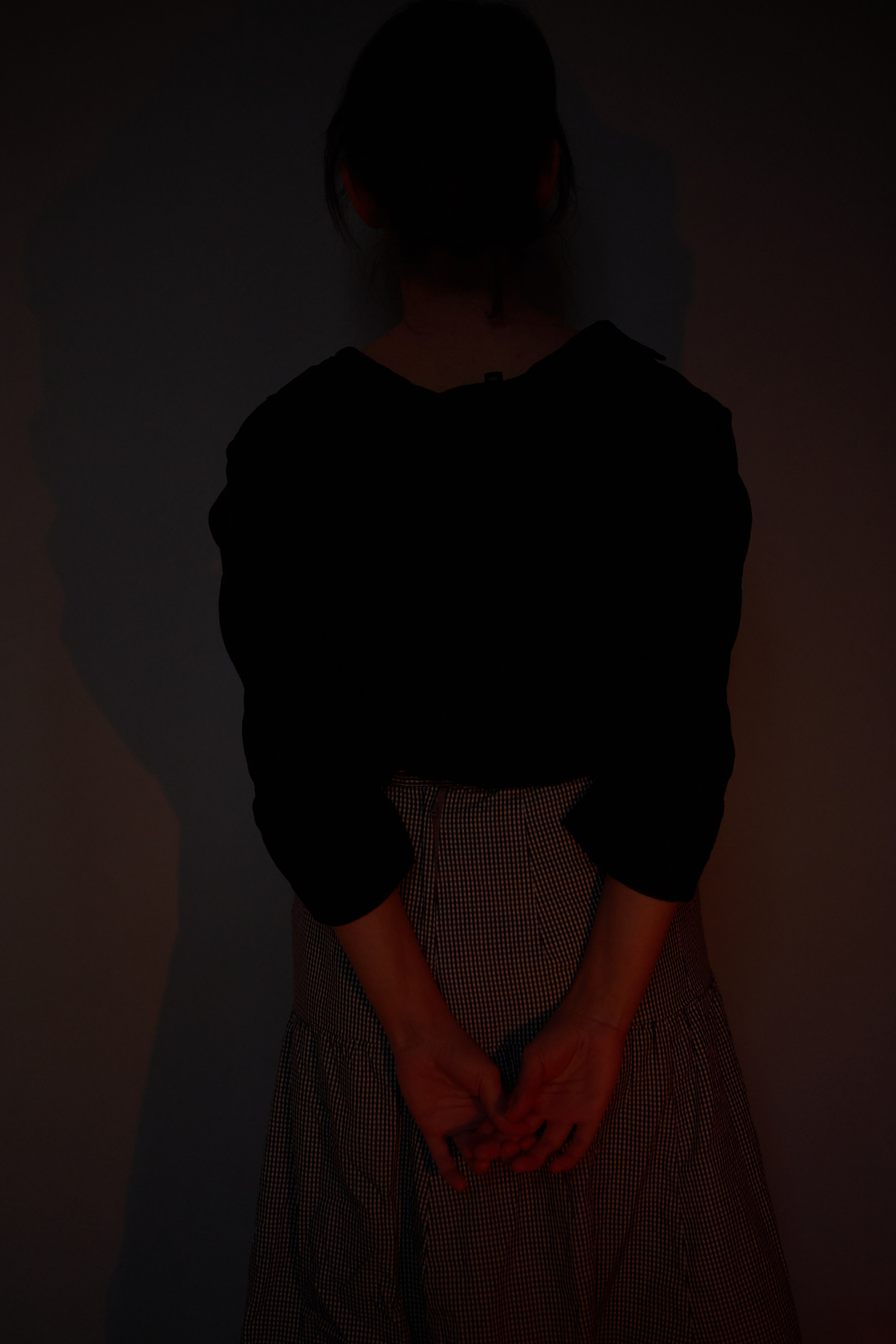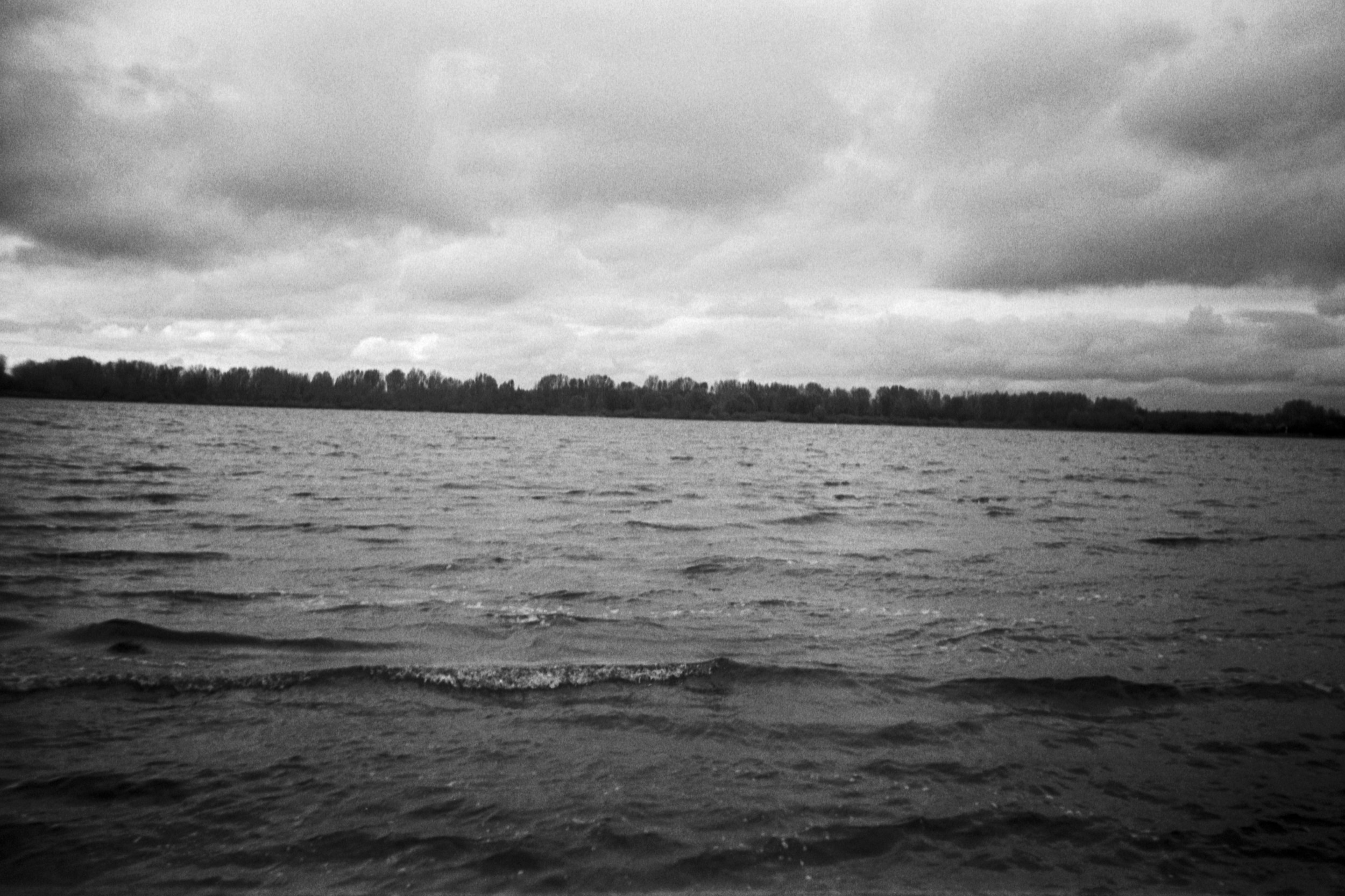The era of Stalinism is known for massive political repressions, oppression of people and violations of human rights. The victims of repression were imprisoned in Gulag camps, where living conditions were extremely difficult: hunger, cold, exhausting labor and abuse became an integral part of their daily lives. Loss of freedom, lack of personal rights and terror permeated every corner of society, creating an atmosphere of fear and silence.
This photo project aims to understand the consequences of the Great Terror, during which over a million people were subjected to political persecution and violence by the Soviet regime, while 681,692 were sentenced to death. My great-grandmother was among the victims — her story became the starting point for this photo project. On July 29, 1937, she was taken from her home, accused of spying for Japanese intelligence. After six months in prison, two days after the New Year, she was shot at 15:00. Did she have hope of salvation while waiting for the new year? Or did she know that she would not get out of there alive?
Studying archival photographs that I inherited from my grandmother in a shoebox, I plunged into the life of my distant ancestors, with whom I never had a direct connection. By exploring the fate of my great-grandmother, I am trying to understand the emotional and social aspects of the Great Terror. Tracing the trauma that was passed down to me and became an integral part of my life experience.

